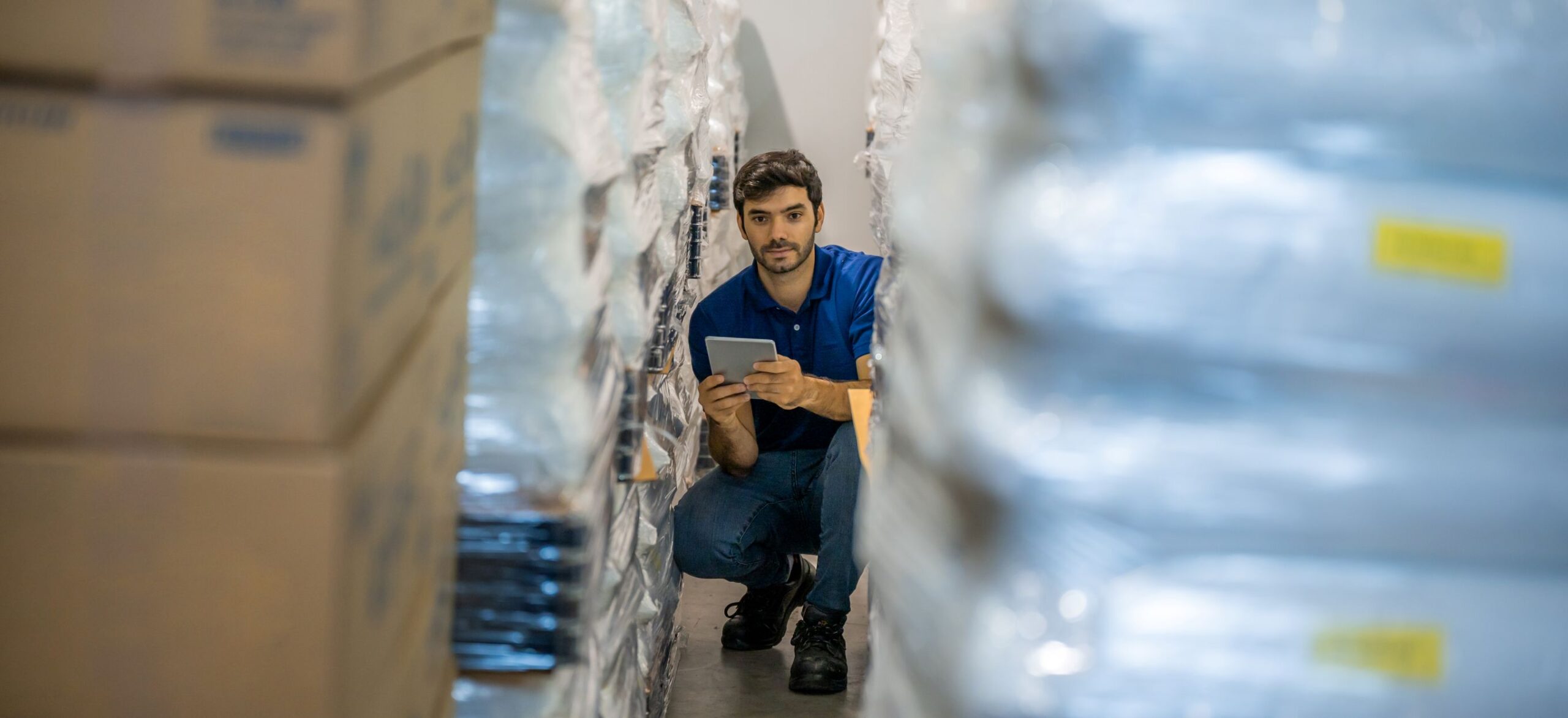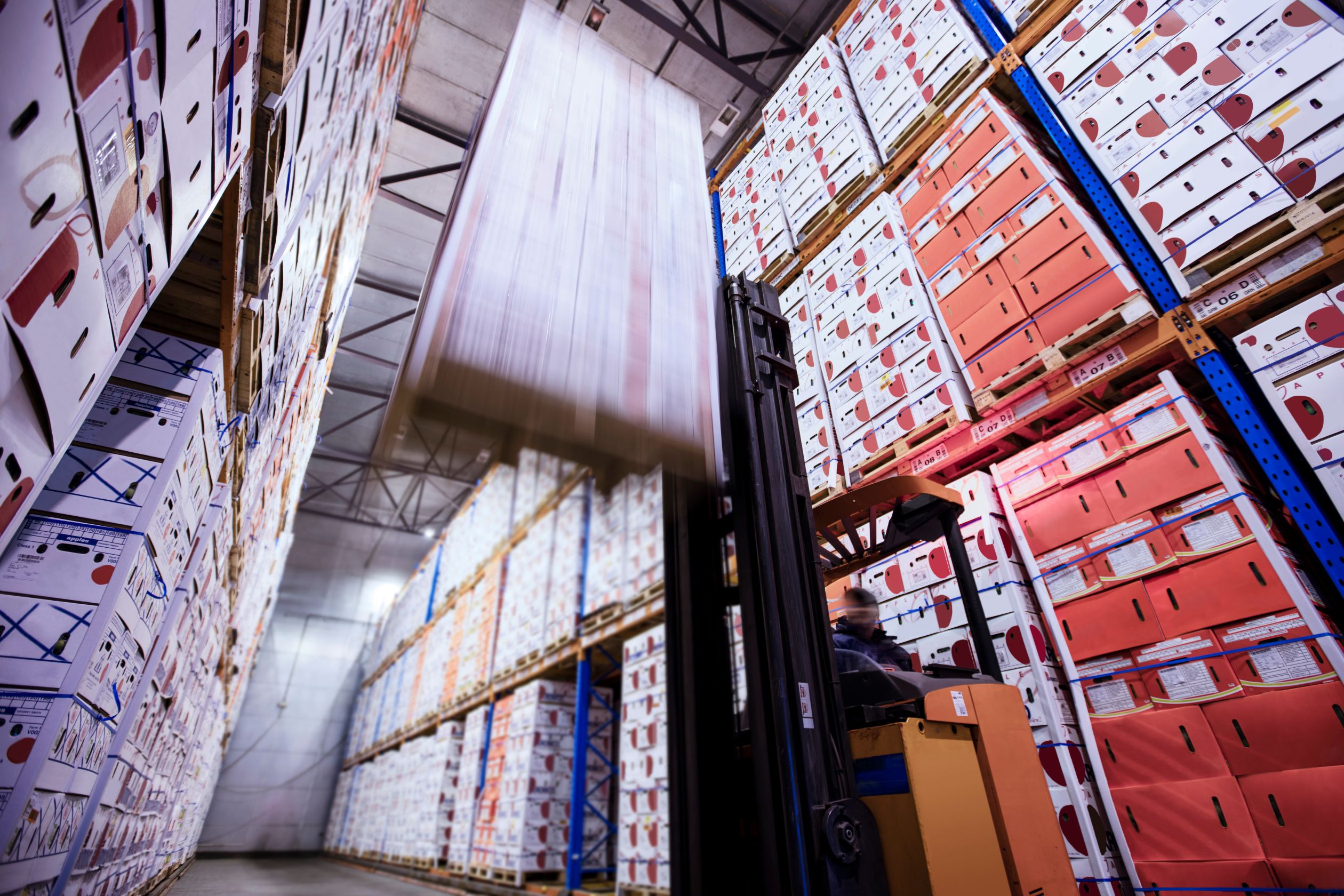The journey of your favorite pint of ice cream from the factory to your freezer is a modern marvel. So is the path of life-saving vaccines from a lab to a local clinic. These journeys depend on a complex, invisible network: the cold chain. This system of refrigerated production, storage, and distribution ensures that temperature-sensitive products remain safe and effective. As global demand for fresh food, pharmaceuticals, and other perishables grows, the logistics industry faces immense pressure to deliver. The answer lies in a wave of powerful cold chain innovations that are reshaping how we transport goods, prioritizing both freshness and environmental responsibility.
The stakes are high. A broken link in the cold chain doesn’t just mean spoiled produce; it can lead to significant financial losses and serious public health risks. For years, the industry relied on established but often inefficient methods. Today, a technological and sustainable revolution is underway. From real-time temperature tracking powered by the Internet of Things (IoT) to blockchain-powered transparency, these advancements are creating a more resilient, efficient, and greener supply chain. This evolution is not just about adopting new gadgets; it’s a fundamental shift towards a smarter and more sustainable future.
The Technological Leap: How Tech is Transforming Cold Chain Management
Technology is the primary driver behind the most significant shifts in modern logistics. For the cold chain, this means unprecedented levels of control and visibility, turning guesswork into data-driven certainty. These advancements ensure product integrity from the first mile to the last.
IoT and Real-Time Monitoring
Perhaps the most impactful of recent cold chain innovations is the integration of the Internet of Things (IoT). In the past, temperature monitoring was often a manual and reactive process.Checking a data logger at the end of a shipment won’t prevent irreversible temperature damage.
IoT changes the game entirely. We place small, wireless sensors within shipments, on pallets, or inside refrigerated containers. These sensors continuously monitor temperature, humidity, light exposure, and even shock or vibration. This data transmits in real-time to a central dashboard, accessible from anywhere in the world. Logistics managers can now watch over their cargo as if they were riding alongside it.
If a refrigerated truck’s cooling unit begins to fail or a container door is left ajar, an instant alert is sent. This allows for immediate corrective action, such as rerouting the driver to the nearest repair facility or adjusting settings remotely. This proactive approach minimizes spoilage and ensures that products like fresh seafood, delicate flowers, and sensitive biologics arrive in perfect condition. The ability to monitor shipments minute-by-minute provides a new standard of quality assurance.
Blockchain for Unbreakable Transparency
While IoT provides the real-time data, blockchain technology creates an unchangeable record of that data. Blockchain: A digital ledger shared among all parties in the supply chain—the producer, logistics provider, warehouse operator, and final retailer. Every time a product changes hands or a temperature reading occurs, a new “block” of information adds to the chain.
What makes this system so powerful? Once a block is added, it cannot be altered or deleted. This creates a single, verifiable source of truth for the entire journey of a product. For consumers and regulators, this means absolute confidence in a product’s history. Was this shipment of pharmaceuticals kept within its required temperature range from start to finish? The blockchain holds the definitive answer. This level of traceability is one of the most promising cold chain innovations, helping to combat counterfeit goods and build consumer trust.
AI and Predictive Analytics
Artificial intelligence (AI) and machine learning are adding a layer of intelligence on top of the vast amounts of data collected by IoT sensors. Instead of just reacting to problems, AI can predict them before they happen. By analyzing historical shipping data, weather patterns, traffic conditions, and vehicle performance metrics, AI algorithms can optimize every aspect of the cold chain.
Predictive analytics can identify the most efficient delivery routes to avoid delays that could compromise temperature stability. It can also predict when a refrigeration unit is likely to need maintenance, allowing for proactive repairs that prevent costly breakdowns on the road. AI also helps forecast demand. This ensures warehouses are stocked appropriately and reduces the energy costs of running half-empty cold storage facilities. These intelligent cold chain innovations are driving down costs and boosting efficiency.
Greening the Cold Chain: The Push for Sustainability
The cold chain is notoriously energy-intensive. Refrigeration units on trucks and in warehouses consume vast amounts of electricity and often rely on refrigerants with high global warming potential (GWP). As the world moves towards a more sustainable future, the logistics industry is under pressure to clean up its act. Fortunately, a new generation of cold chain innovations reduces the industry’s environmental footprint.
Eco-Friendly Refrigerants and Cooling Systems
Traditional refrigerants, such as hydrofluorocarbons (HFCs), are potent greenhouse gases. The industry is now transitioning to natural alternatives like carbon dioxide (CO2), ammonia, and hydrocarbons, which have a much lower GWP. While these substances require careful handling, advancements in system design are making them safer and more efficient than ever. You can learn more about the move towards sustainable refrigerants and their impact. This shift is critical for aligning the logistics sector with global climate goals.
Energy efficiency is the other side of the sustainability coin. Modern cold storage facilities feature superior insulation, automated doors that minimize air exchange, and intelligent lighting systems. Hybrid or fully electric refrigeration units now power reefer trucks, significantly reducing diesel consumption and emissions.
Reducing Waste Through Smarter Logistics
One of the most significant environmental benefits of a better cold chain is the reduction of food waste. Globally, an estimated one-third of all food produced for human consumption is lost or wasted. A large portion of this loss occurs during transportation and storage due to failures in the cold chain.
By implementing the technological cold chain innovations mentioned earlier—IoT monitoring, AI-powered routing, and blockchain traceability—companies can dramatically reduce spoilage. Ensuring that food arrives fresh and safe means that more of what is grown makes it to the dinner table. This not only prevents the waste of the food itself but also the waste of the water, land, and energy used to produce it.
Challenges and Opportunities on the Road Ahead
Adopting these groundbreaking technologies is not without its hurdles. The initial investment for implementing a full suite of IoT sensors, blockchain platforms, and AI software can be substantial, especially for smaller operators. Integrating these new systems with legacy IT infrastructure can also be a complex process. Moreover, there is a need for a skilled workforce that can manage and interpret the data these new systems generate.
However, the opportunities far outweigh the challenges. Companies that embrace these cold chain innovations can position themselves as leaders in a competitive market. They can offer their clients superior service levels with guaranteed product integrity, which is a powerful differentiator. The efficiency gains from optimized routes and reduced spoilage translate directly to a healthier bottom line. Most importantly, by building a more transparent and sustainable supply chain, these forward-thinking companies are building trust with consumers who increasingly demand ethical and environmentally responsible practices. These trends are highlighted in comprehensive industry reports on the cold chain market.
How LCX Fresh Puts Innovation into Practice
At LCX Fresh, we are not just observers of these trends; we are active participants. We understand that our clients depend on us to protect the integrity of their valuable products. That’s why we have built our services around the core principles of innovation, reliability, and sustainability.
Our fleet’s state-of-the-art temperature monitoring systems provide real-time visibility into every shipment. We commit to leveraging the best cold chain innovations, giving you complete peace of mind. You know your goods stay at their precise required temperature throughout their entire journey. LCX Fresh integrates smart logistics to plan the most efficient routes, minimizing transit time and reducing our carbon footprint.
We believe that sustainability is not just a buzzword but a business imperative. Investing in energy-efficient technologies and exploring greener operational practices will take us to the future. Our goal is to provide a service that is not only best-in-class but also responsible. Choose LCX Fresh to partner with a logistics provider that delivers freshness and protects our planet.
The Future is Cool and Connected
The cold chain logistics industry is at a pivotal moment. The days of siloed operations and reactive problem-solving are coming to an end. The future is connected, intelligent, transparent, and sustainable. The ongoing development of cold chain innovations will continue to push the boundaries of what is possible, enabling the safe and efficient transport of more temperature-sensitive goods to more places around the world.
From advanced IoT sensors that act as vigilant guardians of temperature to blockchain ledgers that provide an unbreakable chain of custody, these technologies are building a supply chain that is more resilient and trustworthy than ever before. Combined with a determined push towards sustainability, the industry is not just getting smarter—it’s getting greener.
Ready to partner with a logistics provider that is at the forefront of this evolution? Contact LCX Fresh today to learn how our innovative solutions can protect your products and help your business thrive.





